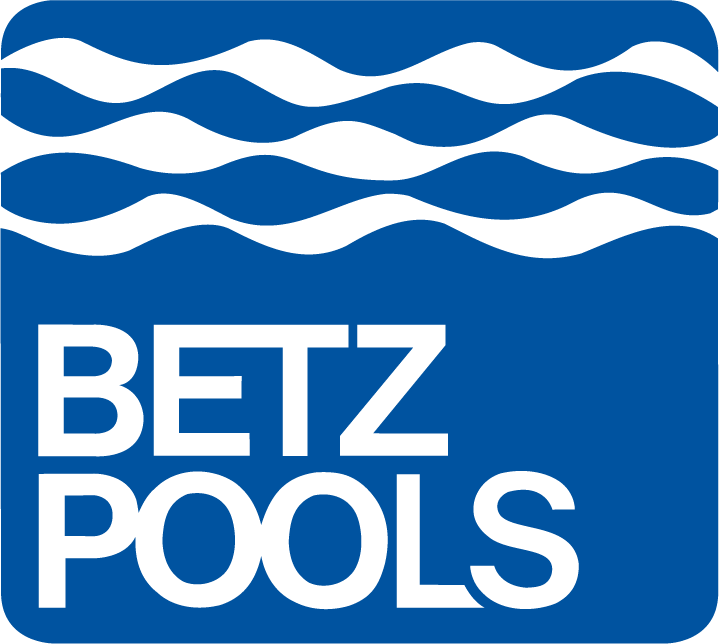The Ultimate Guide to Pool Equipment
Having a pool is a dream come true—but keeping that water sparkling clear and safe to swim in? That takes a little knowledge and the right tools. Whether you’re a first-time pool owner or looking to refresh your maintenance routine, understanding how your pool equipment works is essential.
This guide will walk you through the key components of your pool system, how to maintain them, and what to do when something doesn’t seem quite right.
What Is the Purpose of Pool Equipment?
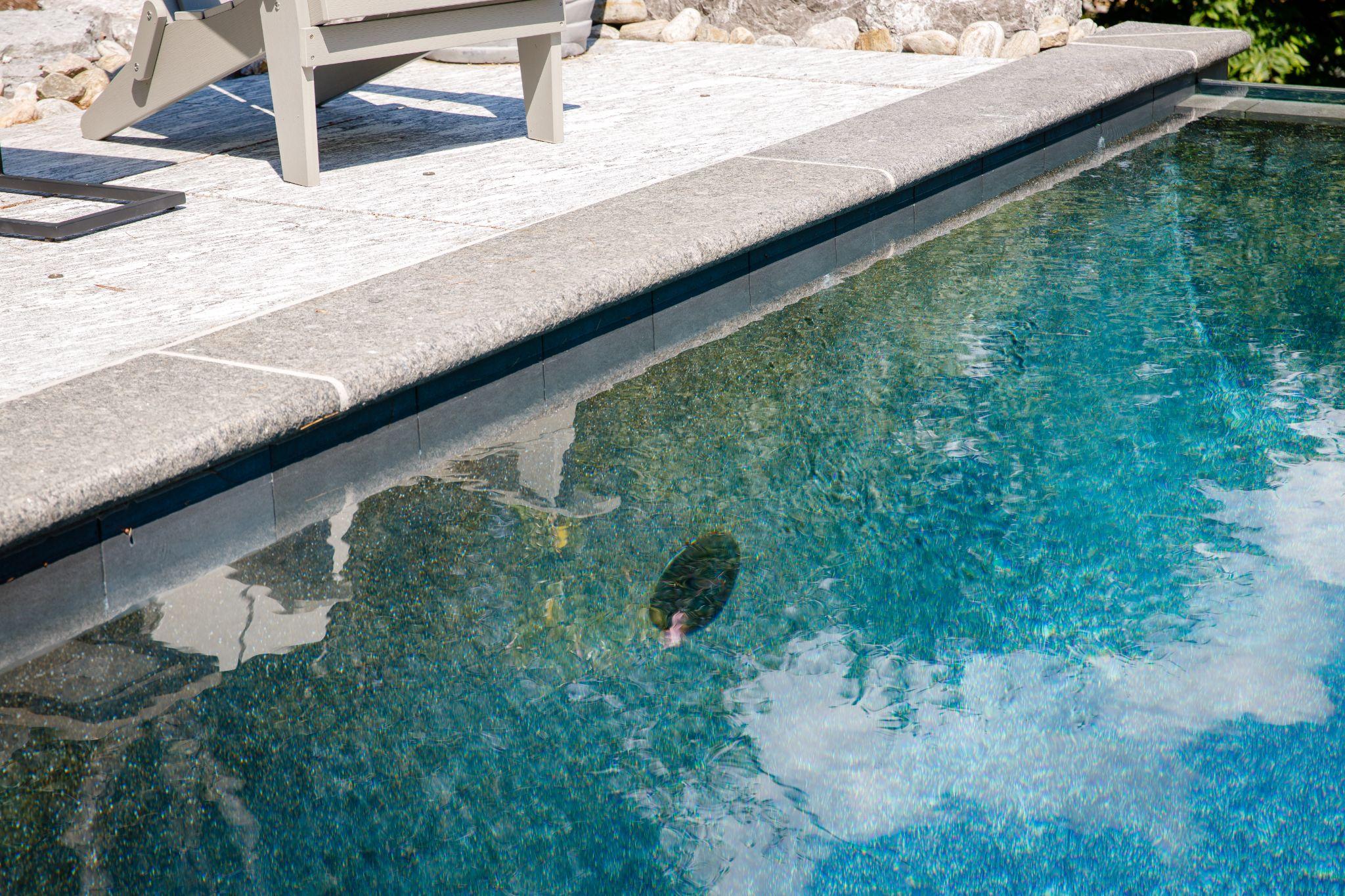
Pool water must be circulated and filtered. If your pump or filter does not operate properly, neither will the chemicals you add to keep it clean and clear. Chemicals work hand-in-hand with water circulation and filtration. Even with proper water chemistry and routine maintenance, your pool water can still suffer from limited circulation or poor filtration.
1. CIRCULATION AND FILTRATION
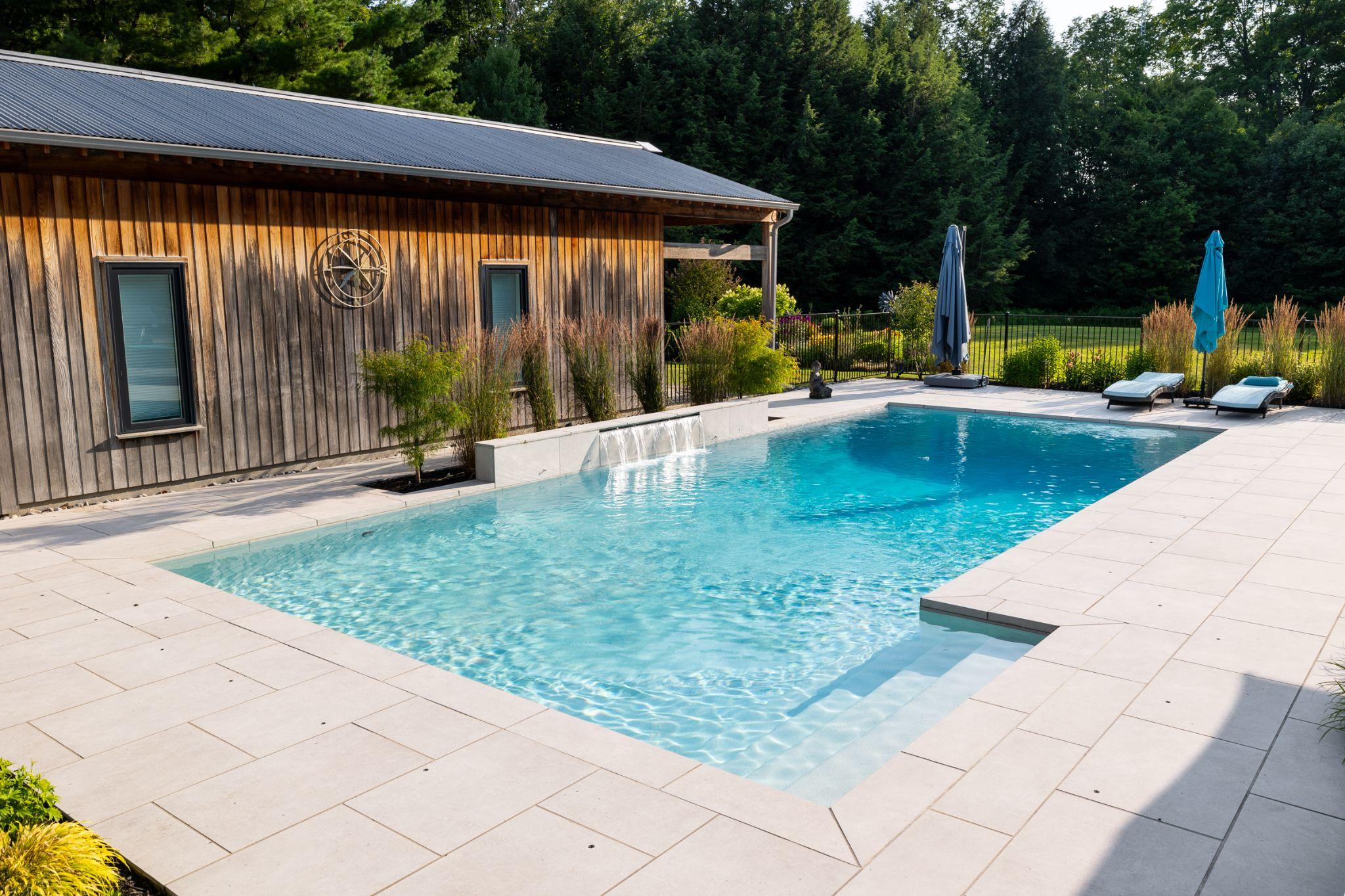
Your circulation pump and filter function to remove wastes from pool water and to distribute the chemicals throughout the pool. To be efficient, the circulating system must run for a sufficient amount of time each day and be maintained in superb condition. The filter has a big responsibility. It must remove the undissolved (and some dissolved) debris from the water. The more debris it removes, the easier a job the chemicals have to focus on bacteria and algae.
- We recommend that the equipment be run 24 hours a day.
The minimum requirement for proper circulation and filtration is for all the water in your pool to turn over and run through your filter at least once daily. Depending on the size of your pool, equipment and plumbing, this could be achieved in 8 to 12 hours during the day, when swimmers are most likely to be in the pool. If you run your pool on a timer, you might save some electricity costs; however, your risk of problems associated with inadequate filtration increases. By turning off your pump, you lose filtration, chemicals cannot move around the pool to fight bacteria and chlorine or bromine cannot dissolve into the pool water. Also, your pool heater will not work and running an automatic pool cleaner with a booster pump while the system is off can damage the booster pump. - Routine cleaning of the filter,
Removing loose dirt and debris should be performed as dictated by the increased pressure in the filter. A pressure gauge is invaluable to indicate when it is time to clean the filter. When the pressure rises 10 pounds over normal operating pressure, it is time to clean the filter. For sand filters, routine backwashing once a week after vacuuming your pool will give you another week of good filtration. - Proper water balance will ensure the water is neither corrosive nor scale-forming.
The pH, Total Alkalinity, Calcium Hardness and water temperature all have a role in determining the overall water balance. Scale formation will likely show up in heaters and filters first, then inside plumbing and pool surfaces. When scale forms in the filter, the filter becomes clogged and cannot adequately filter the water. Though this condition is not likely to happen “overnight”, any of these water balance parameters, if not maintained in their respective ranges, could cause scale to form.
Learn more about pool equipment systems and how they work together to clean your pool.
For help with water quality, visit our pool maintenance services page.
2. COMPONENTS OF YOUR POOL
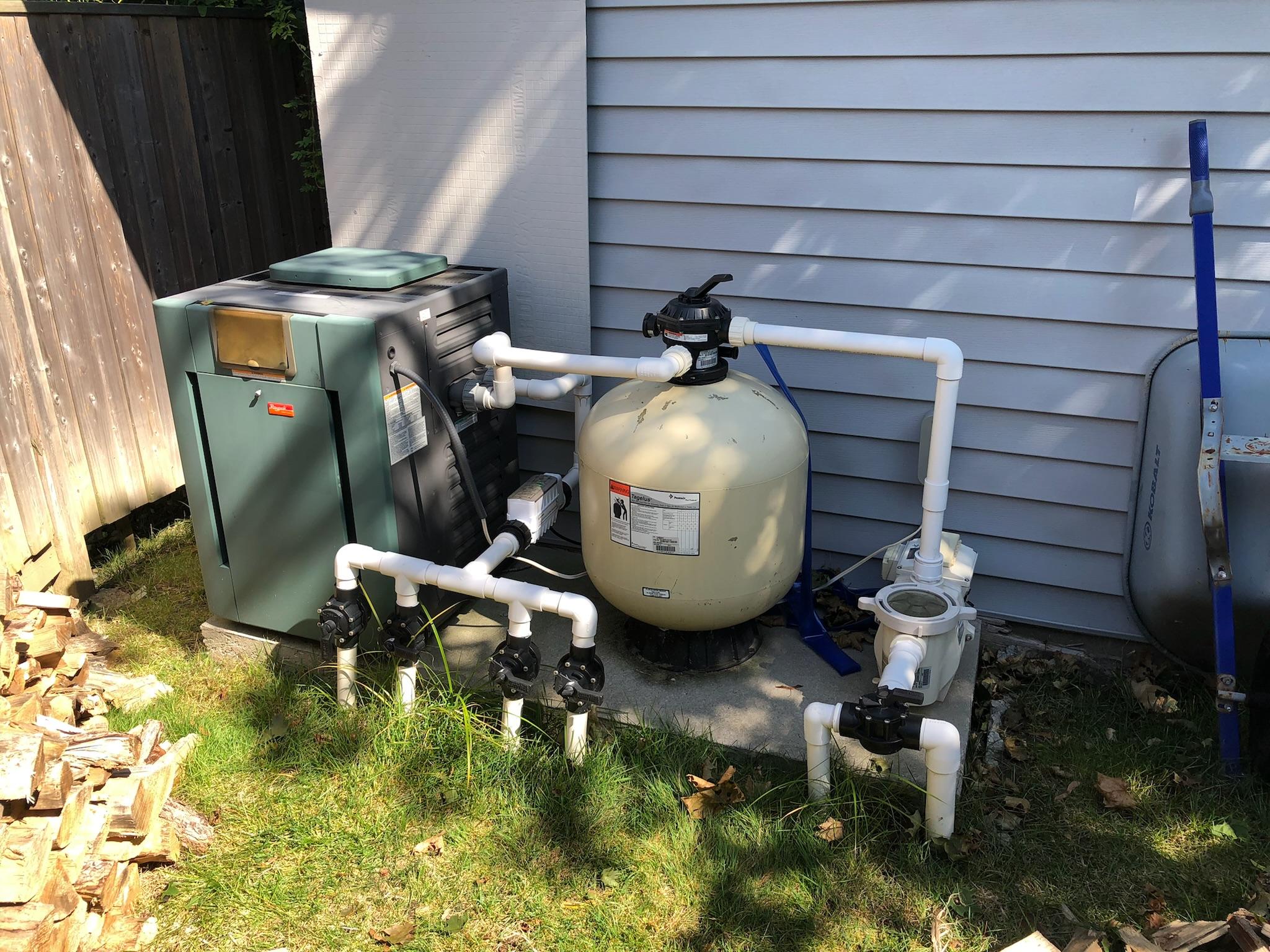
Understanding your equipment is the first step to avoiding common issues. Here’s a breakdown:
PUMP
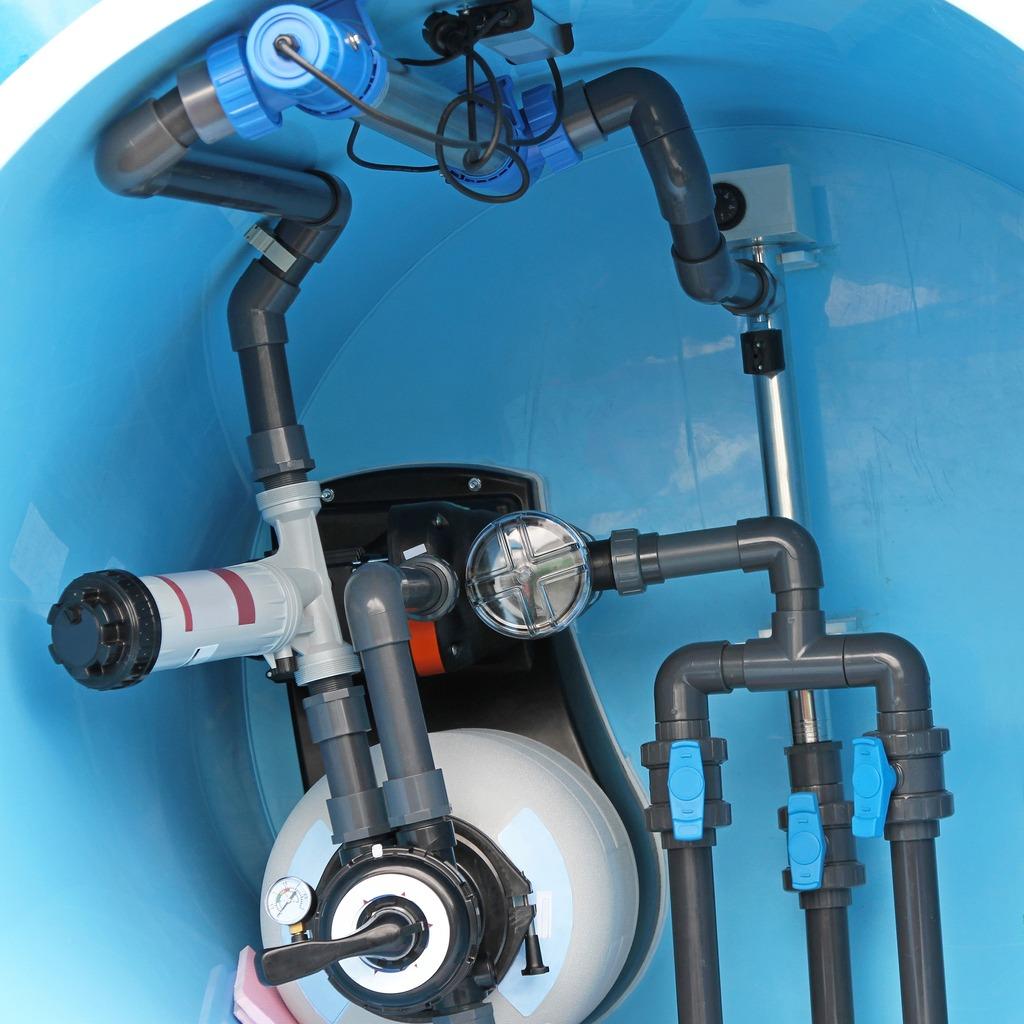
The filter pump is the main element of water circulation. Follow the manufacturer’s recommendations on proper use. Without the filter pump working correctly, your pool will become:
- Dirty – The skimmer stops working
- Cloudy – The filter stops working
- Green – The chemicals don’t dissolve, move or work in your pool
- Cold – Your heater will not come on
To ensure optimum efficiency, clean the pump basket often.
Explore options for pool pump repair or replacement.
FILTER

The filter must be kept clean for the pool system to work correctly.
The same symptoms will occur if your filter is clogged with filterable debris and does not let enough water flow through it. Clean your filter regularly.
HEATER
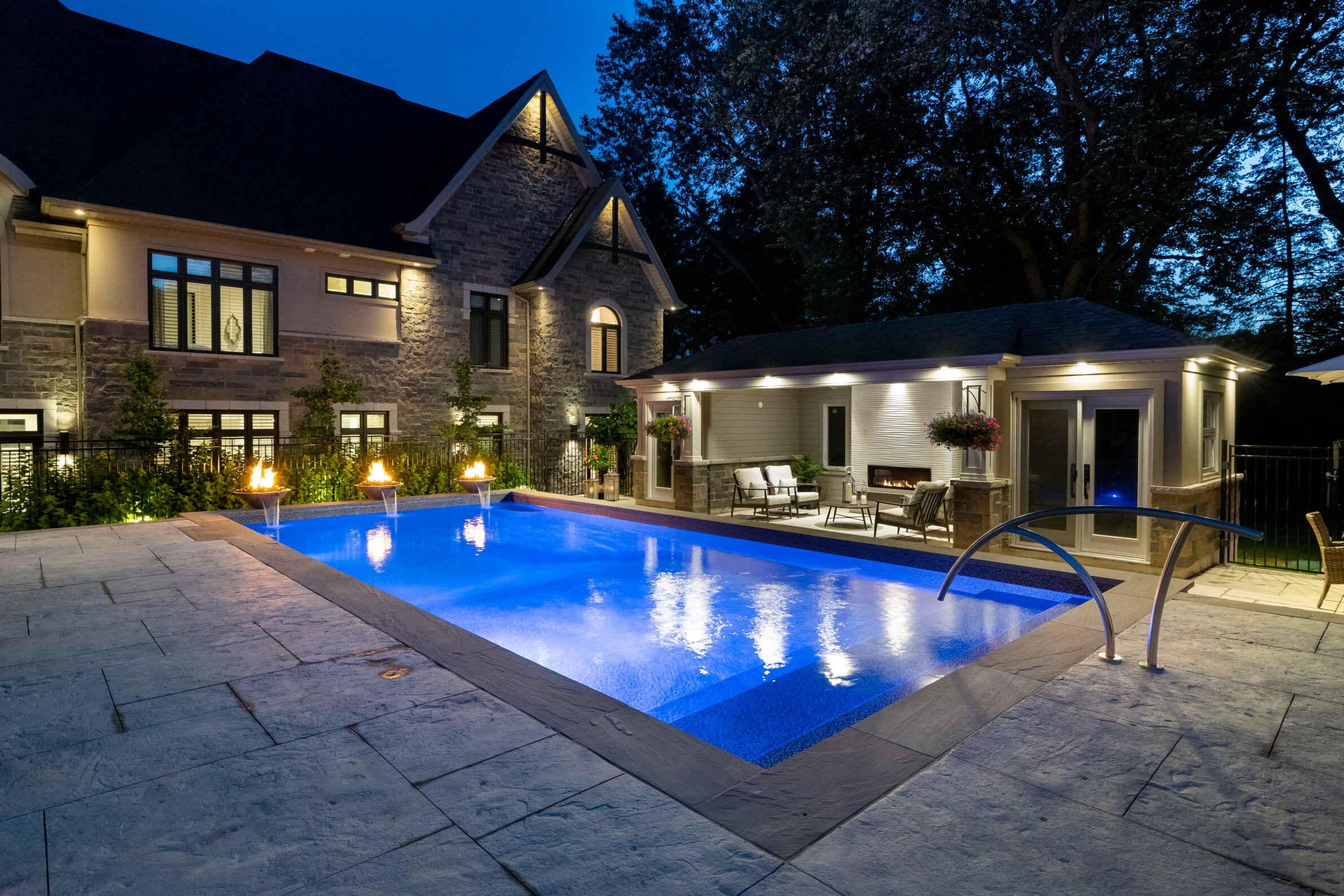
Your pool has a gas heater, allowing you to extend your swimming season considerably.
Follow the manufacturer’s recommendations on proper handling and lighting of the pilot. Always allow the heater to cool off before turning the pump off for 10–15 minutes.
This will extend the life and efficiency of your heater and of the PVC plumbing adjacent to it. Natural gas and propane should always be handled by a licensed gas technician. Always call a professional in case of problems with heaters. Heaters should be serviced and cleaned annually before the initial start-up in the spring.
Need a new heater? Check out our pool heating solutions.
CHLORINATOR / BROMINATOR
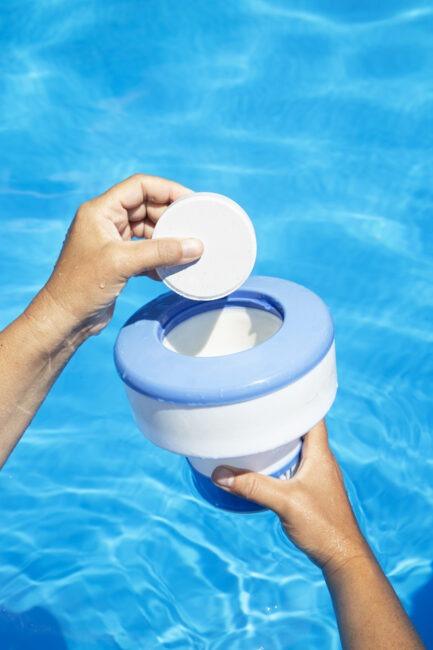
The automatic chlorinator is the only place other than the pool water itself where you put pool chemicals.
To avoid adverse chemical reactions, only add good-quality, slow-dissolving stabilized chlorine pucks/sticks to the chlorinator or bromine tablets to the brominator.
Your pool needs a continuous flow of chlorine or bromine to keep the free chlorine or bromine level within the range recommended for proper sanitation. By filling an automatic chlorinator with a week’s supply of sanitizer (more is not recommended), you do not have to monitor your chlorine or bromine level as often.
Get details on automatic chlorinator installations from Betz Pools.
POOL CLEANER
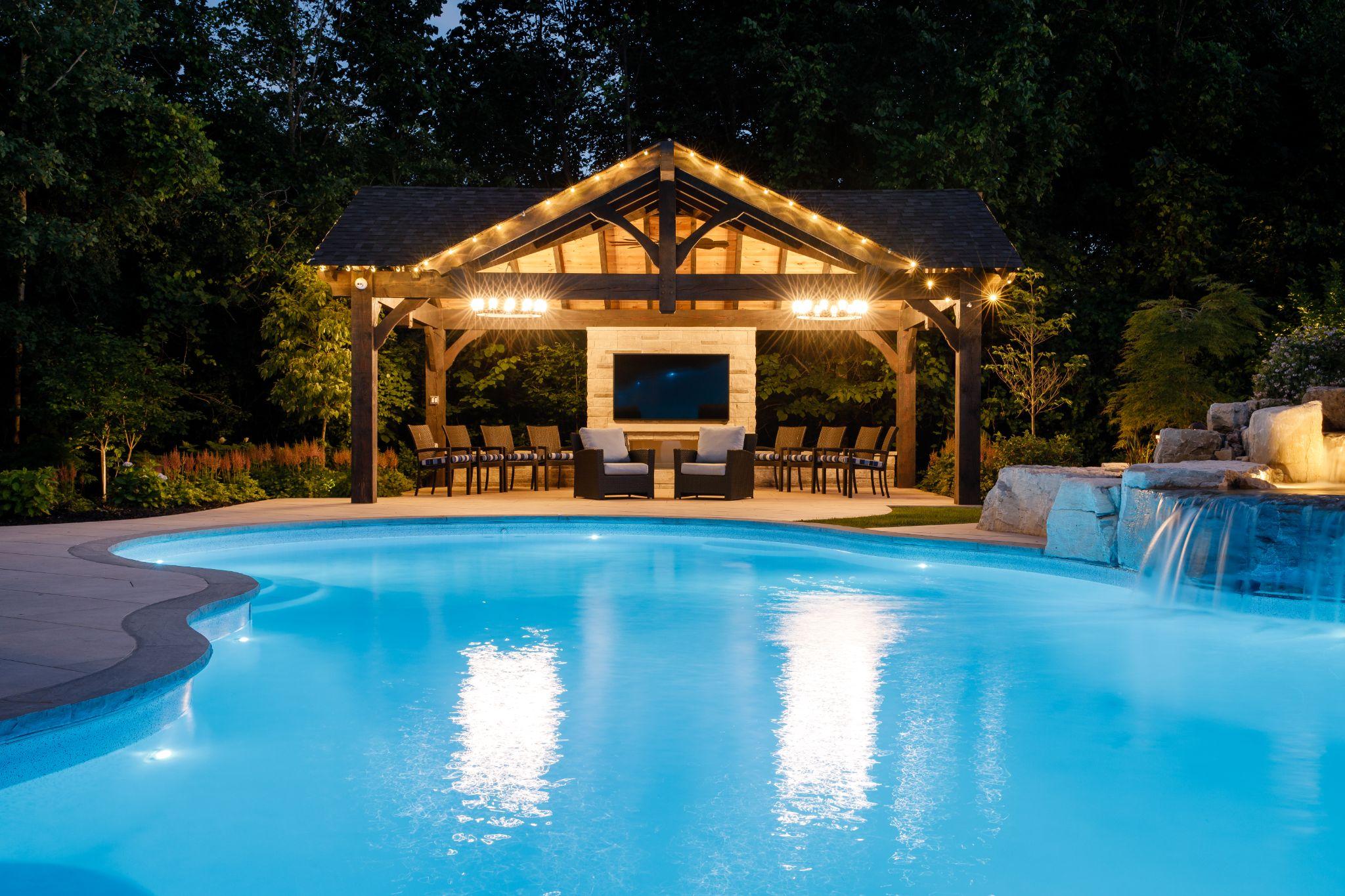
If you have purchased a pressure-side cleaner (such as POLARIS), you will have a booster pump installed with the pool equipment. This pump takes filtered water from your pool circulation system to propel the cleaner into your pool. Therefore, never run the booster pump when the rest of the system is turned off or when your filter is clogged—you will damage it!
POOL MAIN DRAIN
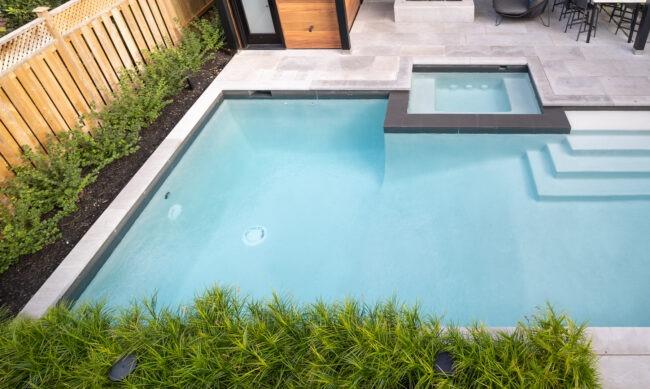
The central drain is built into the pool’s deepest area to allow some water to flow from the bottom of the pool through your circulation system and the filter. Do not confuse yourself into thinking that the main drain will drain your pool – it is not constructed to act as a drainage unit. The central drain’s purpose is to act as a floor suction. On all our pools, the Main Drain line is connected to the hole closest to the pool inside the deep end skimmer. Ensure that the flap at the bottom of the skimmer does not cover this hole, so that some water is always drawn from the deep end, providing proper circulation.
AUTOMATIC SKIMMER
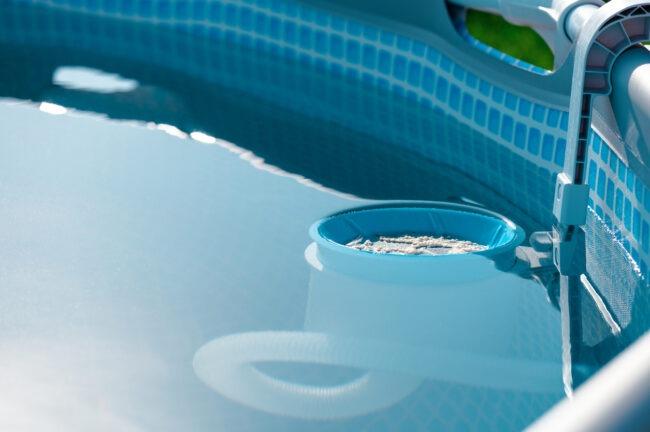
The automatic skimmer is built into the side of your pool. It is designed to skim the top of the pool surface, catching floating debris before it becomes waterlogged and falls onto the pool floor.
It has a weir or “flap” that adjusts automatically to the fluctuating water level, allowing only the very top layer of water to flow over it. The increased speed of the skimming current on the pool surface pulls leaves and other debris from the pool surface and collects them in the skimmer basket. You must empty the basket in the skimmer regularly (even several times a day in fall) to allow the skimmer to keep your pool clean.
PROPER WATER LEVEL

The pool water level should always be up past the skimmer mouth opening. Due to evaporation in summer, we recommend having the water level ¾ up the skimmer mouth.
If the water level is above the top edge of the skimmer mouth, your skimmer will simply not do its job of removing floating debris. Never let the water level drop too low to avoid serious problems.
If the water level is below the bottom edge of the skimmer mouth, the skimmer will not get any water and you will hear strange noises as it starts sucking air. The filter pump will lose prime (simply will not get all the water it needs to operate), and if you leave it running without water, you run the risk of seriously damaging the filter pump. Also, as the circulation stops, chemicals will get depleted faster, and the pool can turn green and cloudy.
AUTOMATIC POOL WATER FILLER
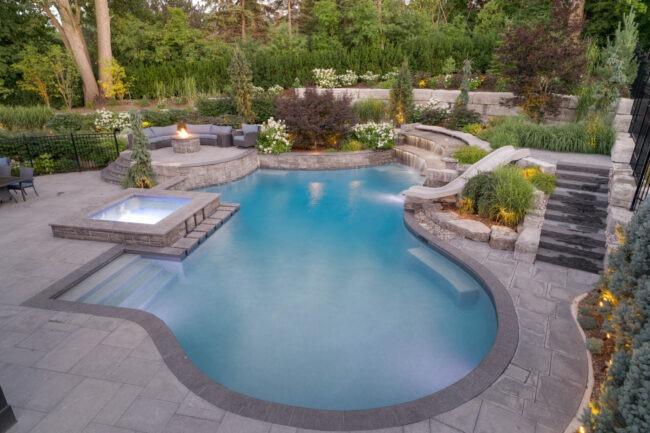
If your pool has an automatic pool filler, you do not have to worry about filling it up, as the filler will automatically add water to your pool as soon as it drops from its set level. However, you should always ensure your water level is kept where it is set to verify that the device is working correctly, since often, the valve on the fresh water supply line could have been turned off by accident. Also, this device may occasionally require adjusting.
POOL RETURNS
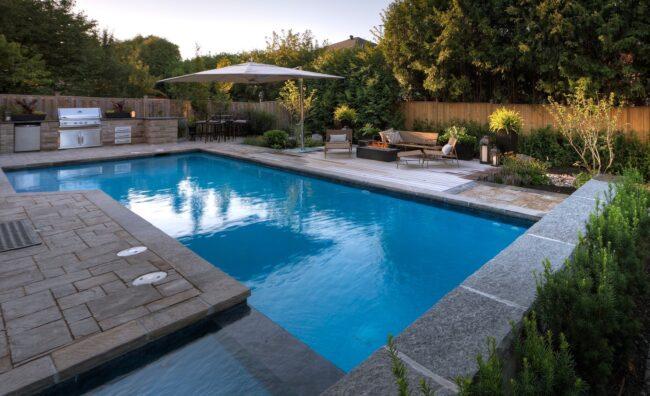
The inlet fittings are usually placed on the opposite end of the pool from the skimmer.
Water is allowed to re-enter the pool after passing through the filter, and if pointed upwards, it will create surface circulation, moving floating debris towards the skimmers.
3. POOL EQUIPMENT TROUBLESHOOTING
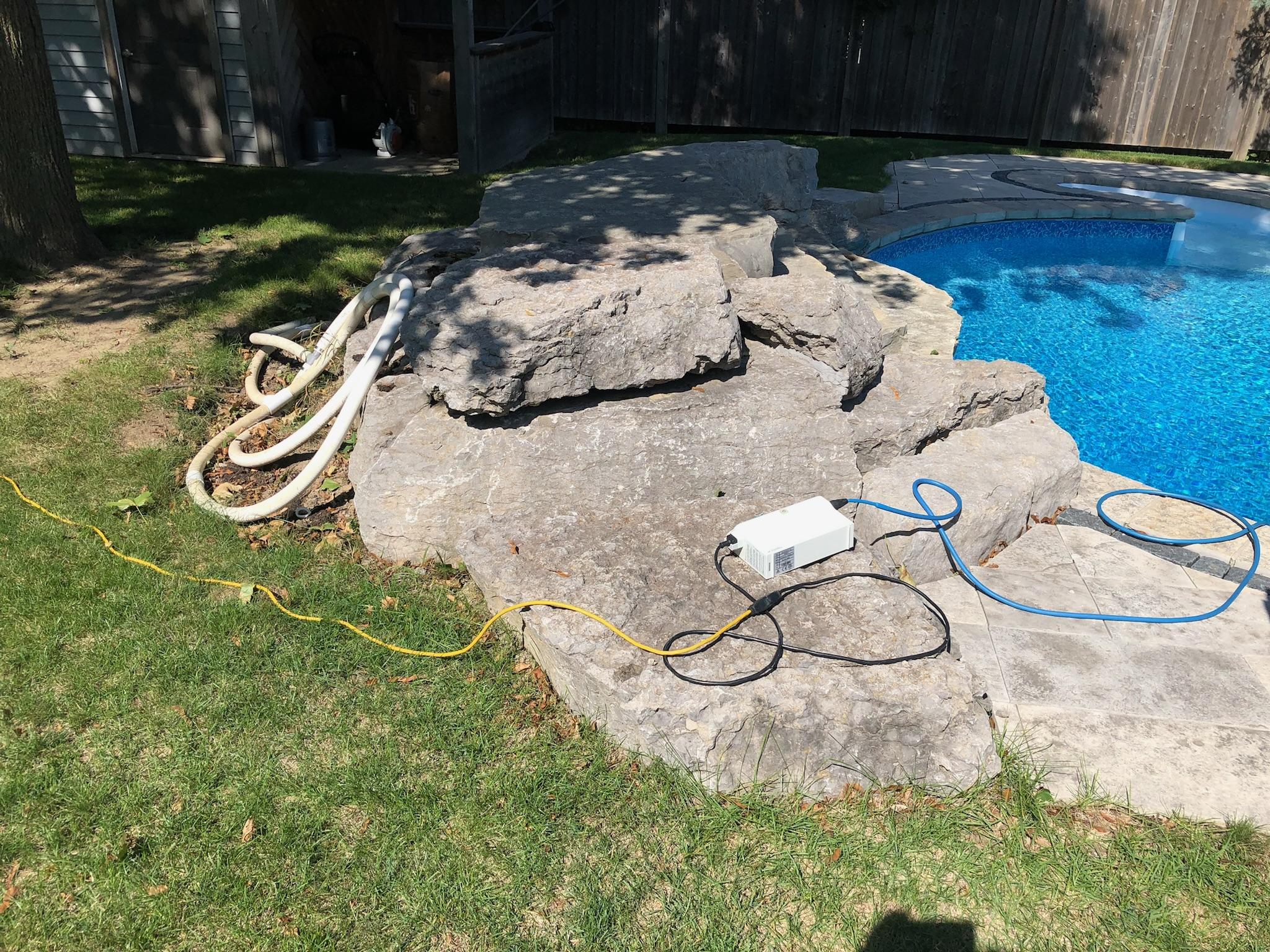
Motor won’t run
- open switch or wiring
- blown fuses open thermal reset
- locked shaft
- burned out motor or starting switch
Motor runs slow
- low voltage
- shaft binding or impeller rubbing
Motor runs too hot
- improper voltage
- shaft binding or impeller rubbing
- inadequate ventilation
Will not pump
- pump is not primed
- air leaks in suction line
- suction or discharge plugged
- water level too low
- skimmer weir stuck
Low pump capacity
- check setting of dial valve on filter
- suction or discharge partially plugged
- impeller clogged with grass or pine needles
- excessive impeller clearance
- plugged basket in pump or skimmer
- dirty filter
- partially closed valve on suction
- diffuser o-ring worn out
Low pump pressure
- check setting on filter dial valve
- excessive impeller clearance
- discharge valve opened too much
- impeller clogged with grass or pine needles
- no eyeballs in returns
High pump pressure
- dirty filter
- discharge valve or inlet fitting closed
- discharge plugged
Noisy pump and motor
- plugged basket in pump or skimmer
- worn bearing in motor
- suction line plugged
- valve on suction valve partially closed
- vacuum cleaner hose plugged or too small
- impeller rubbing on pump case
Short filter cycle
- excessive dirt load
- dirty make-up water
- algae growth
- filter not backwashed properly
- calcification of filter medium
Inadequate filter action
- excessive dirt load
- calcification of filter medium
- channels in filter medium
- air accumulating in filter
Dirt returned to pool
- inadequate rinsing after backwashing
- air accumulating in filter
- pool water not kept in continuous chemical balance
- corrosion of heater or pool piping
Air in pool returns
- leak in suction line
- cover on hair and lint strainer loose
- restriction in suction line
- low water level in pool
- skimmer weir stuck
Sand returned to pool
- excessive filter rate
- calcification of medium
- broken underdrain in sand filter
- incorrect, broken or not sitting properly medium in cartridge filters
Water leaks along pump
- replace shaft seal of pump
Keep Your Pool Equipment Running Smoothly All Season Long

Taking great care of your pool equipment isn’t just about keeping the water clean—it’s about protecting every part of your investment and making sure you can enjoy a safe, refreshing swim whenever you want.
By understanding how your pump, filter, skimmer, and circulation system work together and the warning signs when something needs attention, you can prevent small issues from turning into costly repairs.
Regular maintenance, careful monitoring, and a proactive approach are the keys to crystal-clear water and a trouble-free pool season.
Need a hand getting your equipment tuned up, backwashed, or inspected? Our pool service experts are ready to help you keep everything running at peak performance, so you can spend more time relaxing and less time worrying.
Contact us today to schedule your next service or ask us your pool maintenance questions!
